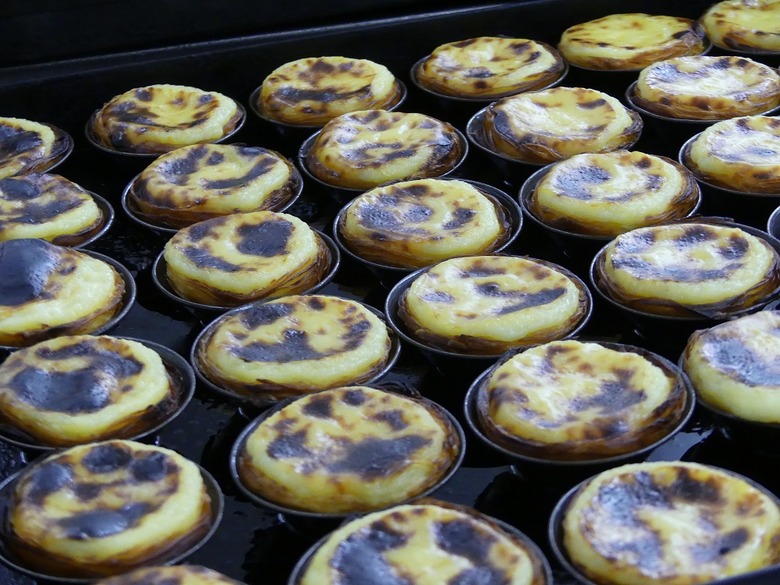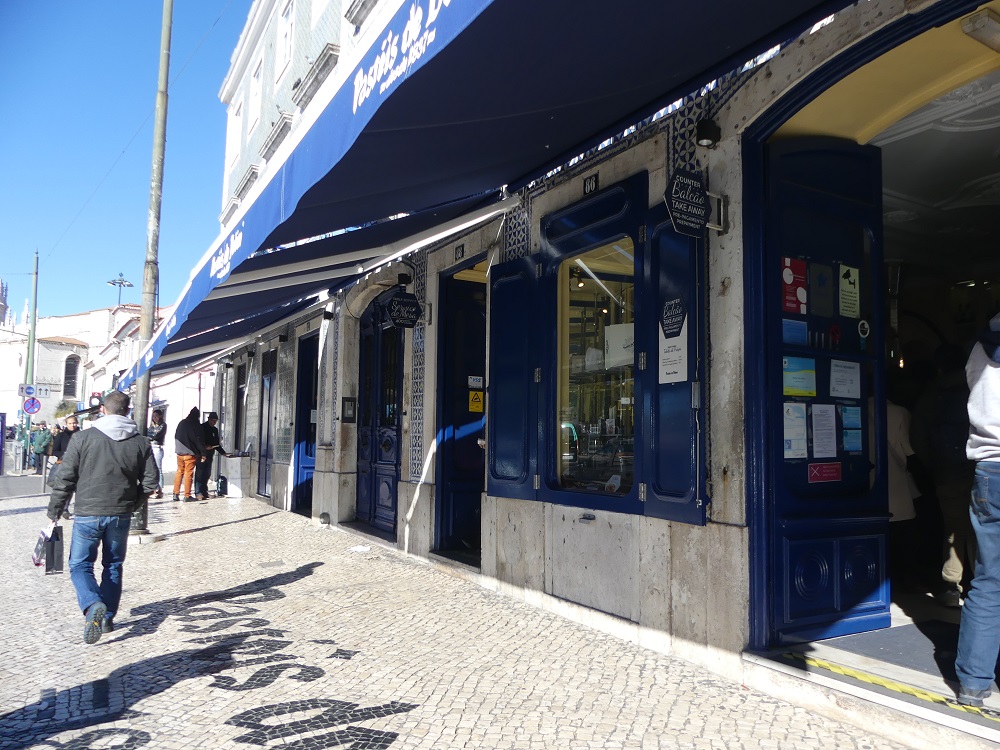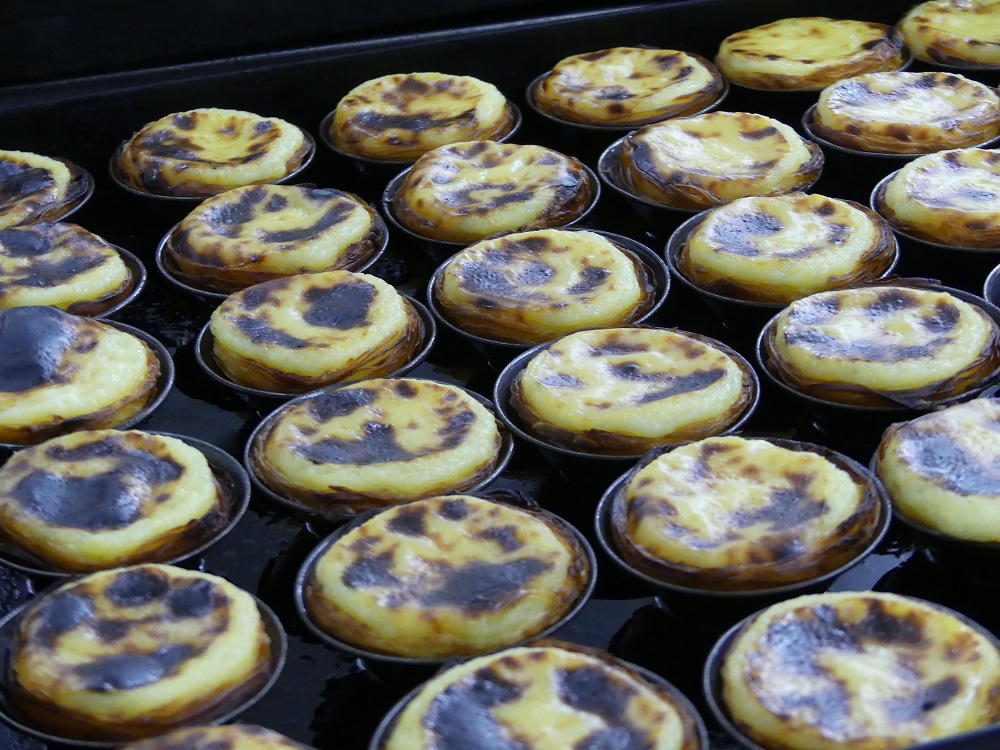Making Pastel De Nata In Lisbon
The most popularly-known sweet pastry of the city of Lisbon, the Pastel de Nata is internationally renowned. It dates back to the 19th century from the Jerónimos Monastery in Belém, where clergy would sell the pastry. They named it "Pastéis de Belém," an homage to their effort to survive the difficult period of the liberal revolution.
"This attracted so many visitors eager to try the delicious tarts. The recipe was soon copied all over the town," Joana Jeunehomme, regional director of PR, marketing, and communications at Minor Hotels told The Daily Meal. "Today, you can find Pastéis de Nata, inspired in the original custard tarts from Belém, in almost every pastry shop in Lisbon. At Tivoli Avenida Liberdade, we cherish our history and our culture too, and wish to give our guests the chance to savour this one-of-a-kind treat upon their arrival."
The quintessential treats are left for the guests of the hotel, and they are also permitted to take some Pastel de Nata with them back home.
"We have at our Tivoli Hotels what we call a T/Gift offer," Andrea Granja of Minor Hotels said, "a beautiful box that guest can buy that includes a local pastry. In Lisbon we have the Pastel de Nata: those handmade by our pastry chef at Tivoli Avenida Liberdade."
We were lucky enough to be invited to the original bakery in Belem, to chat with the owner and see how the treats are made.
"Even though a lot has changed over the years, the recipe and handmade process remains the same," says Miguel Clarinha, who owns the bakery along with his father Pedro and his cousin Penélope.
"Since 1837, a lot has changed inside the bakery, except for the recipe and baking process. We have never expanded and don't plan to in the short term. Quality would be lost by freezing the cakes, and that would be unacceptable. There is a lot to be improved within this bakery and that is our focus for the moment," Clarinha said.
"There are 180 people working here in total, on the pastéis production about 60," he tells us.
"Most of the pastry is handmade, which makes the pastéis much better. This is also a way to honor tradition and identity of the pastéis. The making of the dough and all the work of stretching and molding is all done by hand. This allows us to feel the dough and adjust the work accordingly to make sure the pastéis are always top quality."
"The dough and custard are made by the three chefs that know the recipe, inside the secret room," Miguel continued. "After that the dough needs to be stretched and hand molded to the cups, this part of the process is done by the ladies because they have more delicate fingers. In the beginning, the trays were much heavier and so the men handled the ovens. I guess it became tradition."
Some workers have been at the bakery for over 40 years. Some are married to someone that also works in the bakery. Some families have their sons working here as well.
They open at 8 a.m. and close at 11 p.m., except in July, August, and September, when they close at midnight.
They make, on average, 20,000 tarts a day.
The queues are long, and Miguel doesn't take this for granted. He is very proud of this iconic emblem of the city. "It is gratifying to see, and also a big responsibility to deliver quality product that can meet such big expectations," Miguel said. "It is a very important and historical cake and being given the opportunity to continue honoring this tradition and history is very fulfilling."


